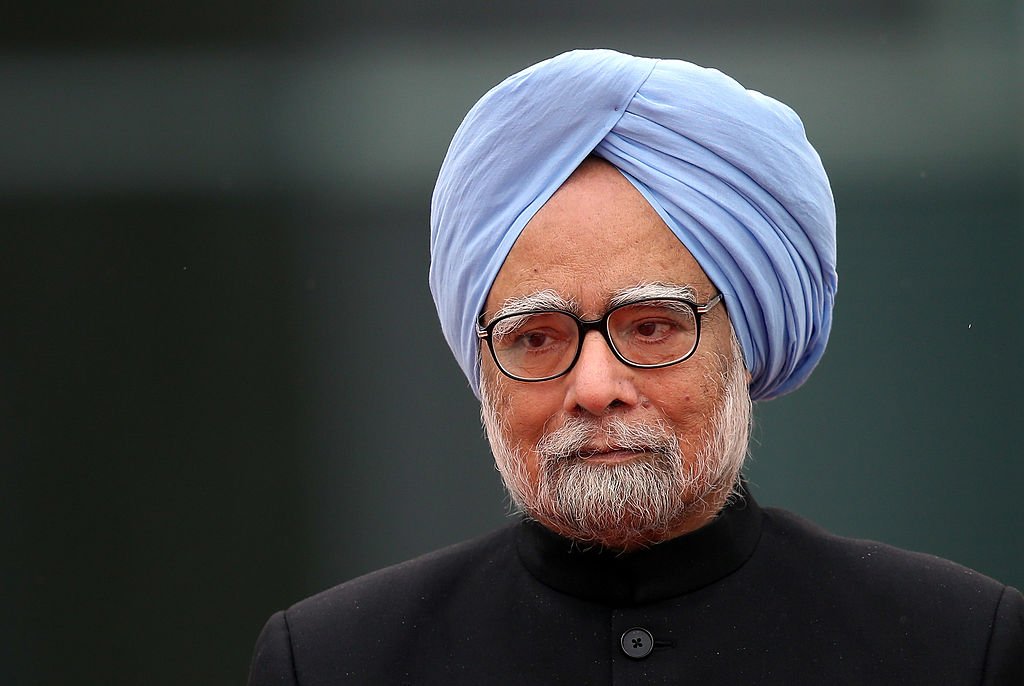Dr. Manmohan Singh: A Visionary Leader and Former Indian Prime Minister
Introduction to Dr. Manmohan Singh
Dr. Manmohan Singh, a celebrated economist and a statesman, served as the 13th Prime Minister of India from 2004 to 2014. Renowned for his integrity, humility, and visionary approach to economic reforms, Dr. Singh remains an iconic figure in Indian politics. His tenure marked a significant transformation in India’s economic and social landscape, driven by policies that focused on growth, inclusivity, and global integration.
Economic Architect of India
Dr. Manmohan Singh is often credited as the architect of India’s economic liberalization in the early 1990s. As the Finance Minister under Prime Minister P.V. Narasimha Rao, he introduced groundbreaking reforms that opened up the Indian economy to foreign investments, reduced fiscal deficits, and deregulated markets. These policies laid the foundation for India’s growth as a global economic powerhouse.
Leadership as Prime Minister
During his tenure as Prime Minister, Dr. Singh focused on policies that balanced growth with social equity. Key initiatives under his leadership included the implementation of the Mahatma Gandhi National Rural Employment Guarantee Act (MGNREGA), the Right to Education Act, and the National Food Security Act. These programs aimed to uplift the marginalized sections of society and promote sustainable development.
Global Diplomat and Strategic Leader
Dr. Singh played a pivotal role in enhancing India’s global stature. His government signed the landmark Indo-U.S. Civil Nuclear Agreement, which marked a turning point in India’s foreign relations and energy policy. His leadership during the 2008 global financial crisis helped India emerge relatively unscathed, showcasing his astute economic acumen.
BERLIN, GERMANY – APRIL 11: Indian Prime Minister Manmohan Singh arrives at the Chancellery on April 11, 2013 in Berlin, Germany. Singh and the Indian government are in Berlin to participate in German-Indian government consultations. (Photo by Sean Gallup/Getty Images)

Why This News is Important
Relevance for Exam Aspirants
Understanding the legacy of Dr. Manmohan Singh is vital for students preparing for competitive exams. His contributions to India’s economic reforms and policy-making are often highlighted in general studies and current affairs sections.
Inspiration from Leadership
Dr. Singh’s leadership style emphasizes humility, intellect, and evidence-based policy-making. For aspirants, his story serves as an inspiring example of how knowledge and dedication can bring about transformative change.
Focus on Economic History
His tenure as the Finance Minister and Prime Minister reflects critical phases of India’s economic journey, making it an essential topic for understanding the evolution of Indian economics and governance.
Historical Context: Economic Reforms and Leadership
Dr. Singh’s association with Indian politics began with his tenure as an economic advisor and later as the Governor of the Reserve Bank of India. His role in the liberalization reforms of 1991 was a defining moment in India’s history, steering the nation away from an economic crisis. As Prime Minister, his focus on economic inclusivity and international diplomacy highlighted his vision for a modern and resilient India.
Key Takeaways from Dr. Manmohan Singh’s Legacy
| S. No. | Key Takeaway |
|---|---|
| 1 | Architect of India’s 1991 economic reforms. |
| 2 | Served as Prime Minister from 2004 to 2014. |
| 3 | Key policies include MGNREGA and Right to Education. |
| 4 | Played a crucial role in the Indo-U.S. Civil Nuclear Agreement. |
| 5 | A global statesman who enhanced India’s global stature. |
Important FAQs for Students from this News
1. Who is Dr. Manmohan Singh?
Dr. Manmohan Singh is a renowned economist, politician, and former Prime Minister of India. He served as the 13th Prime Minister from 2004 to 2014 and is known for his role in India’s economic liberalization in 1991.
2. What were Dr. Manmohan Singh’s major contributions as Finance Minister?
As Finance Minister in 1991, he initiated economic reforms that opened the Indian economy to foreign investments, deregulated industries, and stabilized the fiscal deficit, setting the stage for modern economic growth in India.
3. What were some key initiatives during Dr. Singh’s tenure as Prime Minister?
Key initiatives include the Mahatma Gandhi National Rural Employment Guarantee Act (MGNREGA), the Right to Education Act, the National Food Security Act, and the Indo-U.S. Civil Nuclear Agreement.
4. Why is Dr. Manmohan Singh’s legacy important for government exam aspirants?
His contributions to India’s economic reforms and policies provide essential knowledge for competitive exams, especially in general studies, economics, and current affairs sections.
5. What role did Dr. Singh play in the Indo-U.S. Civil Nuclear Agreement?
Dr. Singh played a pivotal role in negotiating and signing this landmark agreement, which marked a significant advancement in India-U.S. relations and energy strategy.
Some Important Current Affairs Links


















